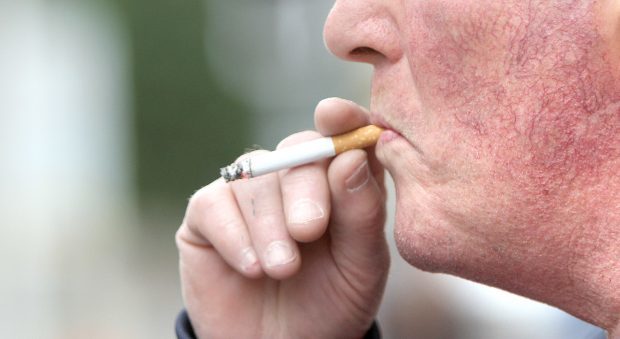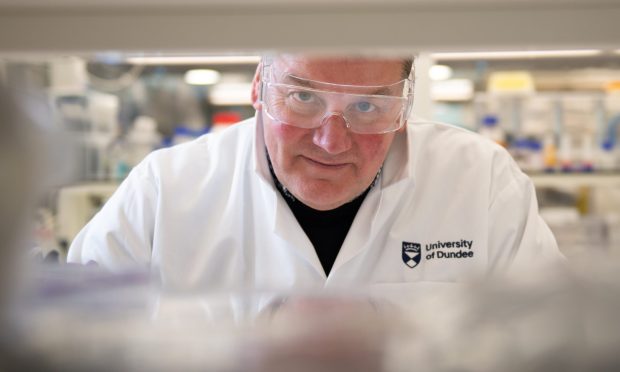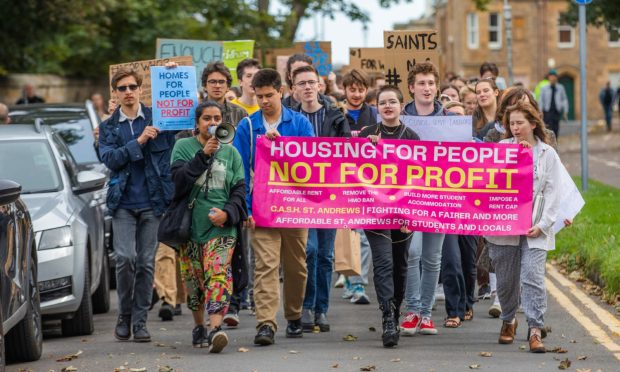A new mobile phone app is being developed to help combat Fife’s shocking smoking death toll.
It is hoped the technology, created in a partnership between NHS Fife and St Andrews University, will help cut tobacco-related deaths and reduce the region’s £10.1 million lung disease bill.
The Mapmysmoke app will send smokers who want to stop supportive messages if it detects they are in a location where they are likely to light up.
Following successful trials last year, the system could now be rolled out more widely as one of a range of measures to improve Fife’s appalling smoking record.
Smoking rates in Fife are the third highest in Scotland, with tobacco killing 700 people every year – 23% of all deaths.
Smoking among 15-year-olds is the highest in the country and 35% of pregnant women from the most disadvantaged areas smoke at the time of their pregnancy booking.
According to the Fife Department of Public Health annual report, more than 9,000 hospital admissions every year are due to tobacco.
Director of public health Dr Margaret Hannah revealed lung cancer was the region’s most common cause of death, with 370 people diagnosed with the illness annually.
A further 3,400 people a year are diagnosed with chronic lung disease.
NHS Fife spends an estimated £3.4m a year on treating lung cancer and £7.1m on chronic obstructive pulmonary disorder (COPD).
Dr Hannah said: “Although Fife has made good progress in recent years in reducing smoking in adults, expectant mothers and young people, we are not performing so well compared to Scotland and other health board areas.”
She added: “NHS Fife has been working closely with St Andrews University to develop the Mapmysmoke app, which supports smokers who are actively looking to quit.
“Based on user input, the app uses geo positioning technology to look at behaviours and detect the places you are most likely to light up.
“It then sends supportive messaging to your phone when you are at these locations to discourage you from smoking.
“The app was initially trialled in August last year, where smokers at the Victoria Hospital, Kirkcaldy, were asked to log each time they craved a cigarette over a two week period.
“Users fed back that the app made them feel more aware of their smoking behaviour and helped them to resist cravings once they had quit.”
Dr Hannah said new ways of effectively marketing the app to a wider audience were now being looked at.










